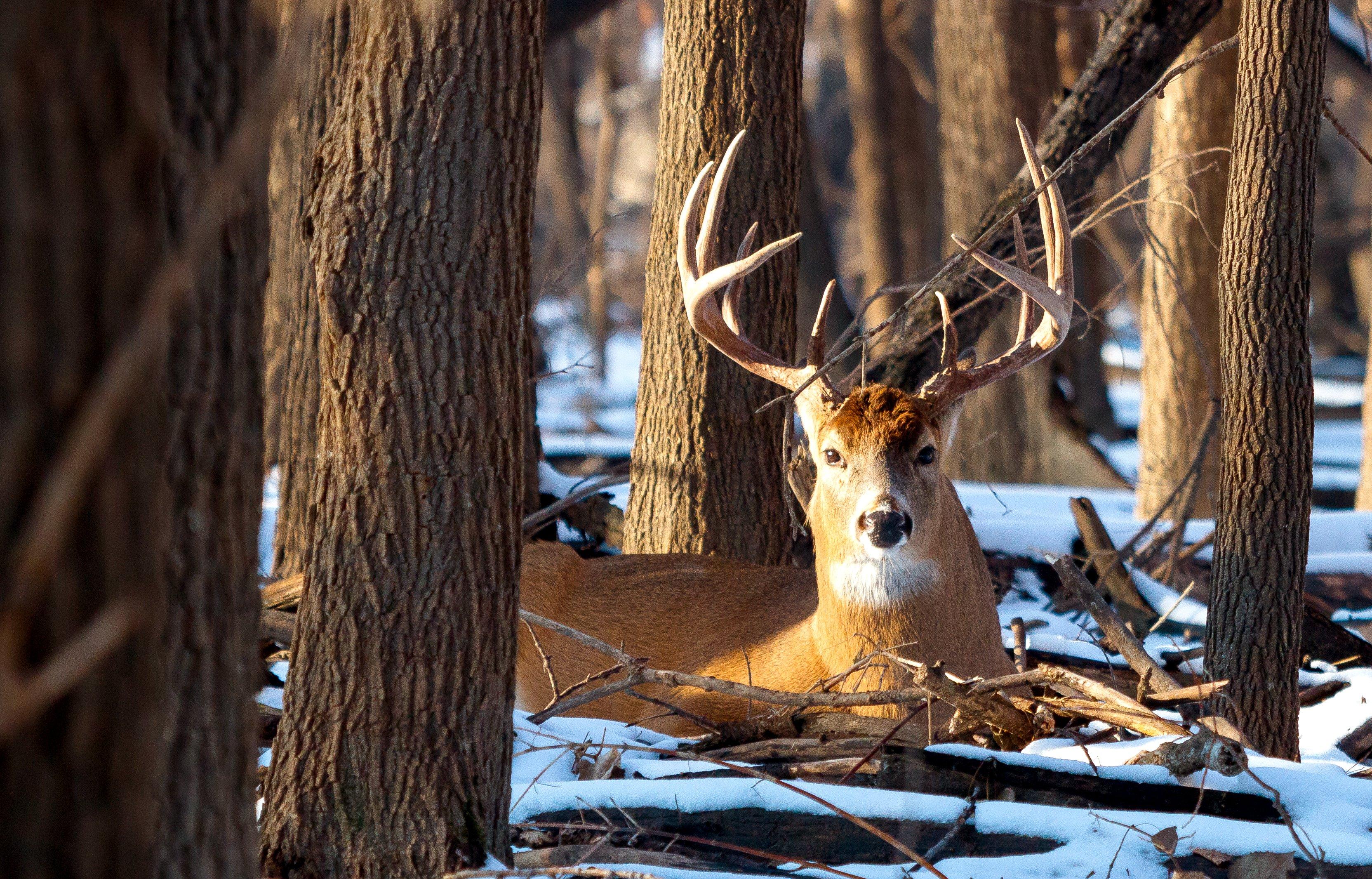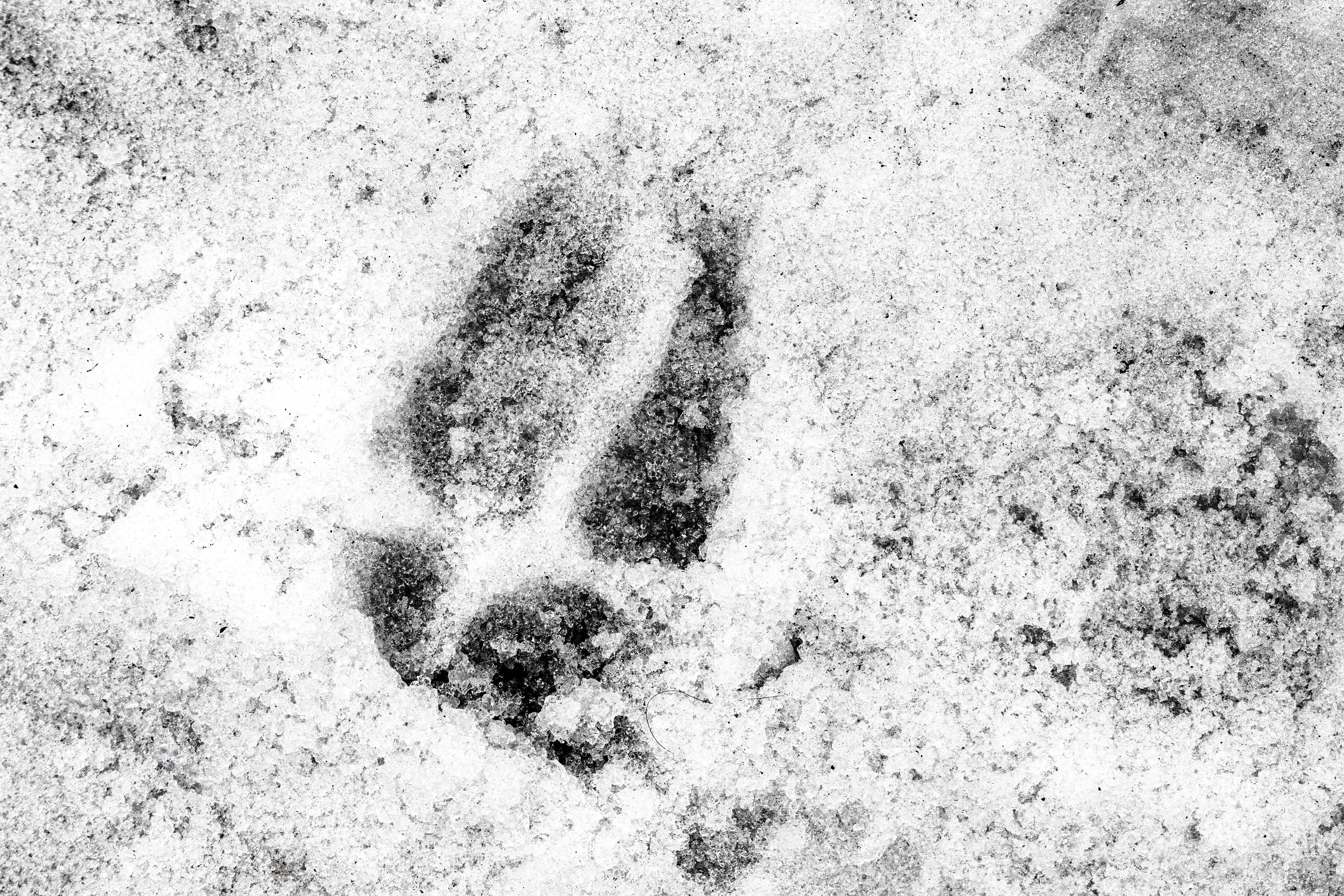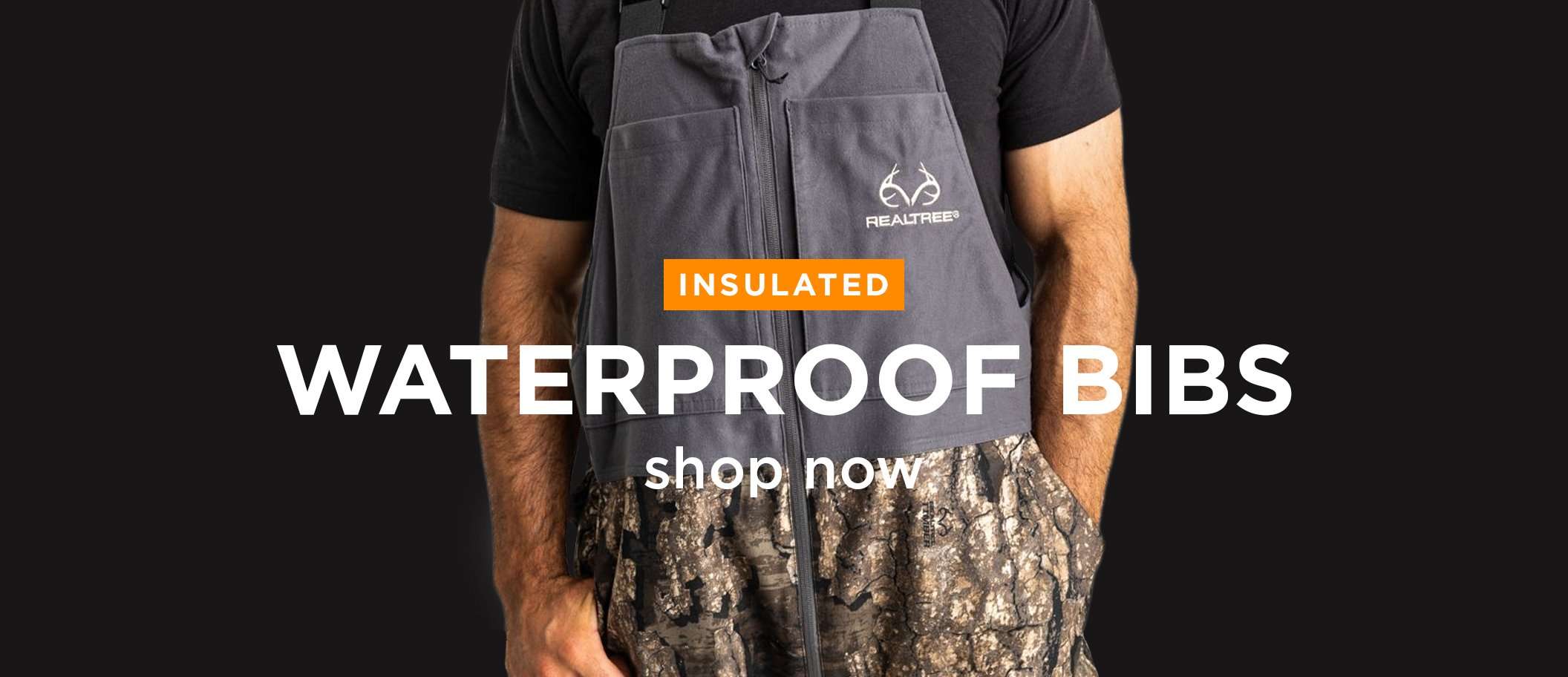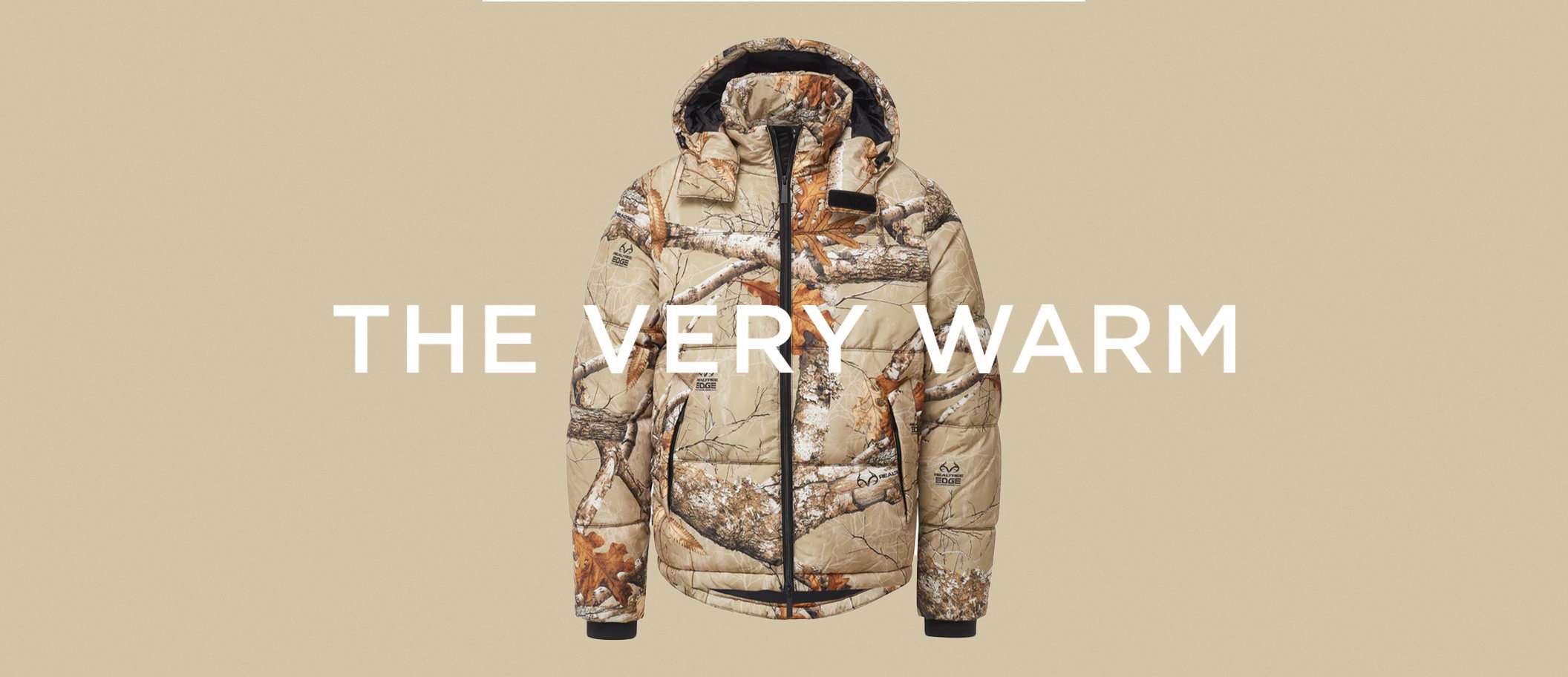We spoke with legendary deer tracker Hal Blood to get the lowdown on following big bucks in the snow
For years, hunters in Maine, Vermont, Upstate New York, New Hampshire, and Massachusetts have honed their skills at tracking bucks in the snow. They find deer tracks on large parcels of public land and follow bucks for miles in the hopes of getting a split-second shot opportunity. Out of all the ways to hunt a whitetail deer, buck tracking may be the hardest and most obscure.
Recently, I had an opportunity to hunt with a master buck tracker, Hal Blood, in his home state of Maine. He’s been tracking bucks since the 1980s, is the founding team member of Big Woods Bucks, and has a wall of Northwoods giants that he’s taken while on a track. It takes years of practice to develop the skills you need to track a buck, but you have to start somewhere. Here’s a quick breakdown of how Blood tracks bucks and a few things you can look for next time it snows.

Tracking a buck in the snow can lead you right to its bedding area. Image by David Brickner
OUTFIT YOURSELF
The clothing and gear you take tracking matters a lot. Blood has a saying to “hunt light, and hunt often,” and it couldn’t be truer. First, you need wool pants and a wool jacket. Wool sheds moisture and breathes, and it will keep you warm on winter days while you’re moving, but not so hot that you’ll sweat. It’s also very quiet. Most of the bucks we tracked in Maine were in thick cover, where noisy clothing is a dead-giveaway.
You also need to know where you’re going and not get lost following a buck around. Most buck trackers have good map-and-compass skills, but I found everyone in Blood’s camp relied on onX as their primary navigation tool. Blood also backs this up with an InReach for emergencies, and I brought a Garmin GPS watch for backup.
You’ll want to leave your backpack at home. It makes too much noise in the brush, and it will weigh you down. We covered an average of 8 miles every day on buck tracks, and I was very happy I didn’t have a heavy pack. Blood brings a wool fanny pack for his lunch and a few odds and ends. He tucks it under his jacket so it doesn’t move around or snag on a branch. He also doesn’t bring a water bottle and instead drinks from springs with a sandwich bag.
For boots, Blood and other trackers in Maine like to wear Lacrosse Granges or some other kind of full-length rubber boot. He pulls his pant legs over the boots and duct tapes around the bottom in case he needs to cross a creek.
Finally, you need a good rifle for tracking. Blood uses a lightweight pump-action Remington with a ghost ring peep sight for fast shooting. He doesn’t use a sling because it only gets in the way. Others use similar rifles with low-powered optics, and most agree that a light carbine-length rifle is ideal. When tracking, you need to be ready to take multiple shots at a deer and possibly shoot a buck on the run.
ID KEY AREAS
Blood takes note of what he calls signpost rubs whenever he comes across them. They are specific kinds of trees that bucks return to rub every year. In Maine, the tree of choice is brown ash. A signpost rub can be bigger than the saplings you usually see buck rubs on. They are also dished out on one side from being rubbed year after year. Blood feels that in other areas, signpost rubs are usually on uncommon tree species with soft bark that holds scent. Some other examples not found in Maine are young white oaks, cedars, and willow.
Blood concentrates his efforts on areas that have one or many signpost rubs. He also breaks up the land by topographic features, like ridges, mountain tops, and lowland bogs. Every day, Blood and I started with a plan to make a big 8-mile circle covering a variety of terrain. On the way, we’d hit or encircle areas with known signpost rubs. Our hope was to catch any buck track coming in or out of our circle.
Don’t Miss: ARE BULLY BUCKS RUINING YOUR DEER HUNTING?
STRIKE A BUCK TRACK
Blood takes his time in the morning, has a big breakfast, and hits the woods just at sunrise. He feels that walking in the dark is a waste of time. You can’t see tracks, and you may just be bumping deer. When you’re looking for a track, you need to cover ground fast. You should not be still-hunting or looking for a buck on the hoof; rather, you need to find evidence of where he was an hour or even 15 minutes ago.
Almost every deer hunter knows buck tracks are bigger than doe tracks, but it’s easy to make a mistake. Blood looks for tracks with dew claws that are wider than the track itself. The track size of mature bucks varies depending on the region. In Maine, a 3-inch-by-3-inch track belongs to a mature buck that likely weighs over 200 pounds.
Blood also looks at the stance or width between two tracks. Does tend to walk with one hoof in front of the other. Broad-chested bucks will lay down tracks that are wider, about 8 to 12 inches apart. Their stride, or how far the buck stretches his legs between steps, is important, too. A big buck’s stride will be 24 to 26 inches apart. After you find a decent track, you need to age it.
AGE THE TRACK
You need to know when the track you’re looking at was made, or else you’ll just be going for a long walk with your rifle. First, note the temperature in the last 24 hours. Any temps above 32 degrees will melt out a track faster, and any below will freeze the compacted snow in the bottom of a track quicker.
Next, look at the sharpness of the track. A fresh track will have sharp, defined edges around the toes. There might also be fresh snow kicked up out of the track. Touch the bottom of the track and check for any freezing or melting snow. According to Blood, the compacted snow in the bottom of a track will freeze within one hour in 10-degree weather. Frost in the bottom of a track will show that a buck made the track earlier the night before. In freezing temps, any snow on the inside of a track will stay loose for about an hour. Take note of the conditions and what the track looked like so you can reference it in the future. Once you’ve identified that you’re on a track that was made overnight or early in the morning, start walking.

Learn to read tracks and the meaning behind each detail. Image by Colin Temple
FOLLOW THAT BUCK
You’re likely far enough away from the buck you’re after to move quickly without spooking him. Blood says that if you’re on a track in the morning that’s more than an hour old, the buck is likely bedded. From the start, you want to keep an eye on the buck’s stride and match it with your own. If the buck is making long, full-length strides, you should probably cover ground to catch up with him. If he’s milling around, checking beds, or feeding, slow down. If he’s dragging his feet, he may be tired and looking for a place to bed.
While you’re on the track, look for buck sign and fresh droppings to confirm your original hypothesis. During our hunt, Blood and I saw a lot of bucks laying down scrapes and rubs. As you get closer to the buck, you’ll start to notice sign, like droppings, getting fresher. When that happens, slow down and be ready to shoot.
Depending on the time of year, the buck you’re tracking may go far before he beds or only a quarter mile. During the rut, bucks can put on a lot of miles. After the rut, they’re tired out and less wary about their choice of bedding areas. Throughout the year, though, it’s possible to have your buck walk into a group of other tracks or thick cover that makes it difficult to follow. In these scenarios, Blood has a quick way to sort out what’s going on.
MAKE A CIRCLE
If your buck has just taken you into a sheep pasture of deer tracks or thick cover, you need to make a circle. While we were hunting, Blood routinely walked broad circles around masses of tracks to find where our buck had exited. Sometimes we found it right away; other times, it took almost an hour. The buck you’re after had to leave the area; otherwise, he’d still be there. You just need to find where he exited and where he’s going. Use your skills at aging a track and identifying a buck vs a doe track to determine which way your buck went — then keep walking.
Don’t Miss: THE BEST LATE-SEASON FOOD SOURCES FOR WHITETAILS
THE FINAL APPROACH
As said above, you want to match your stride to the buck you’re after. When he starts getting tired as he’s ready to bed, a buck might drag his feet, shorten his stride, and make a sharp turn into a patch of cover. If you see things like this and maybe some fresh droppings to back it up, you know you’re right in his bedroom.
Now is when you need to really slow down. Every step you take matters. You can’t break a branch or rustle the leaves. Plan out each step and keep your eyes up. Scan the woods constantly, looking for anything that resembles a deer, an antler, or a tail. You may see him before he sees you and get a shot at a standing deer, or you may bump him and need to shoot him on the run. You might also spook him before you get a chance to pull the trigger, but that doesn’t mean your hunt is over.
BE OK WITH BUMPING A DEER
Most deer hunters will call it quits after they bump a buck, but deer trackers know this is all part of the game. Blood says that buck tracking is all about timing. It comes down to two points coming together for a good shot. If you follow a buck track to a fresh bed and notice that his tracks are jumping out of it or see your deer run off, it’s time for a break.
If you packed a lunch, this is the perfect time to chow down. We bumped a lot of deer while hunting in Maine, and every time, we waited about a half-hour before starting on the track again. Usually, the buck we were after jumped a few times and then relaxed back into a walking stride. When that happens, the buck probably just heard you coming and couldn’t get eyes on you.
It’s important to keep going, even though you might bump him again. If you do, take another break before getting back on the track. Eventually, either you or the buck is going to screw up —and if the buck does, you’ll get your shot.
Don’t Miss: 6 OF THE BEST NEW DEER LOADS FOR 2024












